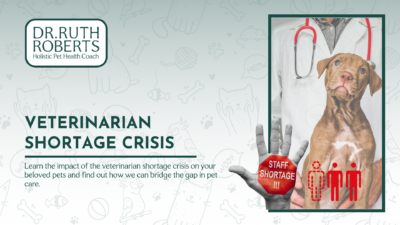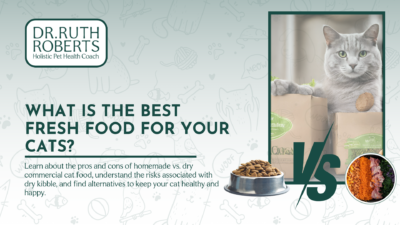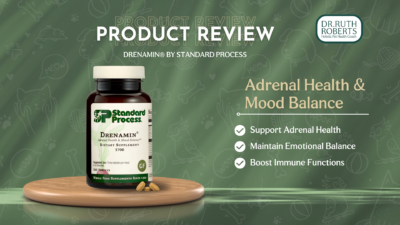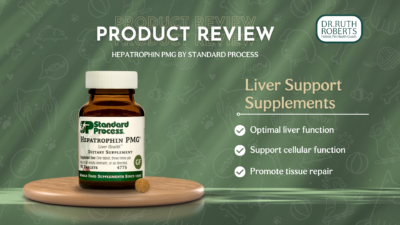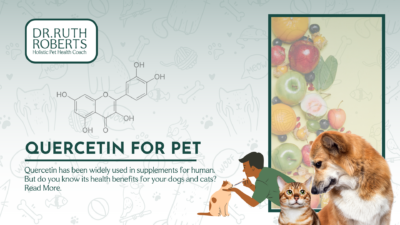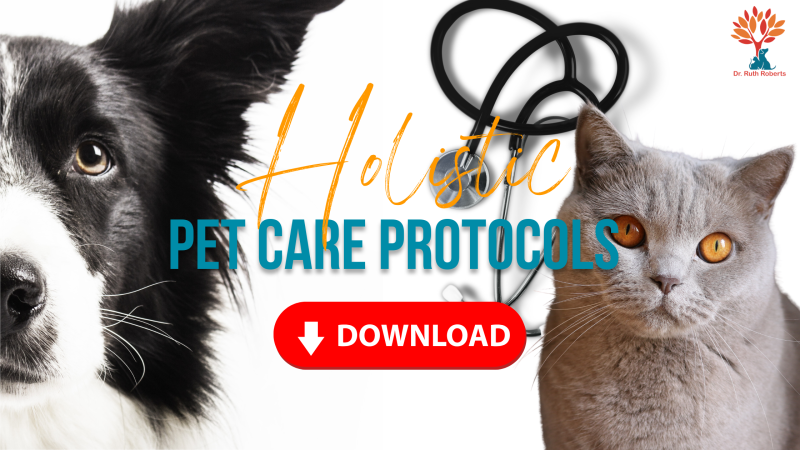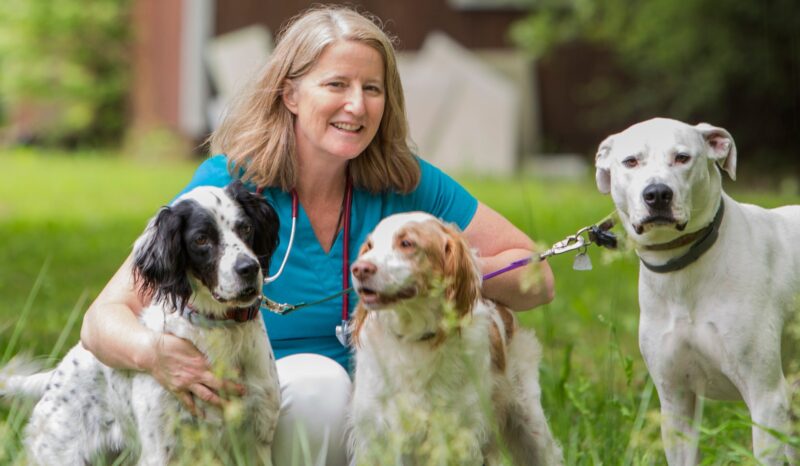Whole Food Pet Food
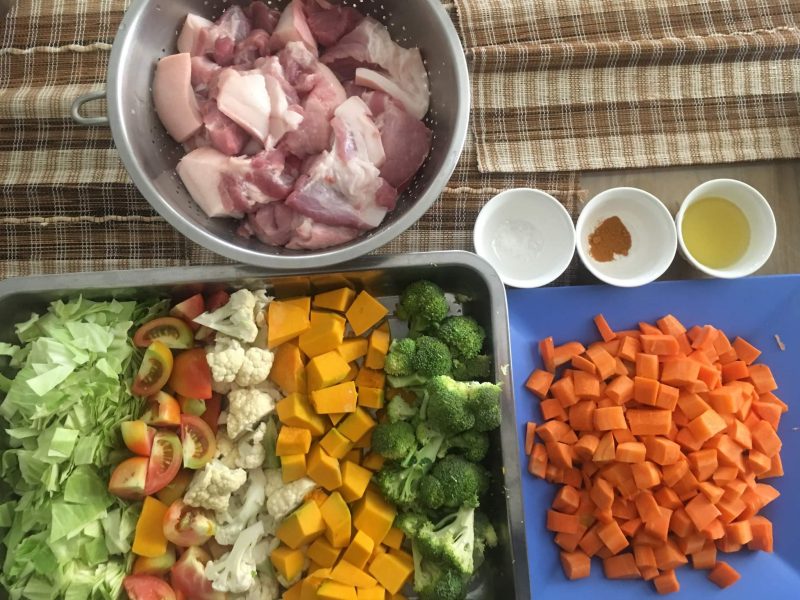
Dogs are one of the most loyal animals we can have. They’re dedicated to their owners, loyal to their family and friends, and above all else, to food! So what does a dog owner do when they want their dog to be healthy and happy?
Feeding him homemade food is a great idea. But how do we know which ones are best for our pup? In this article, we’ll cover everything from choosing the best whole foods for dogs to feeding our pets real food instead of manufactured treats or kibble. We’ll also talk about why providing our pets with homemade meals is better than buying treats at the store since it saves money while still giving them what they need: nutrients!
Canine pets have been fed human food scraps for thousands of years, and they have gradually gained the ability to digest them. Contrarily, commercial dog food has only been around for about a century and a half, and it likely developed as a means of turning food waste into a profitable business. Many pet owners today believe kibble contains all the nutrition dogs require, while table scraps harm their dogs.
Learn more about 5 truths to know about commercial cat & dog food!
Over the past century, the US commercial dog food sector has experienced enormous growth. When dogs transitioned from being pets to family members fifty years ago, it was common practice to feed them “table scraps.” Still, the dog food business persuaded canine guardians that this was improper.
Commercial diets gained popularity because socioeconomic factors made buying processed dog foods highly acceptable. Commercial dog food has human dominance issues, animal welfare issues, diet-related health issues, and food safety issues. Also, nutritional science made dog food look sophisticated, the veterinarians endorsed them, and great marketing persuaded guardians they were the best option.
Nowadays, most dogs consume commercial diets that mainly include byproducts from the human food industry. Massproduced, corn-based dog and cat food fills a pet’s belly but doesn’t prolong their life or optimize their health.
What is the number one healthiest dog food?

Whole food is the best dog food.
What is a whole food? Whole foods are those that have all their nutrients intact, which means they’re unprocessed and unrefined.
Why do we want our dogs to eat whole food? The primary benefit of feeding our dog whole foods is that they contain more nutrients than processed foods like kibble, canned or dry formulas. They also provide more fiber for digestive health, which can help with things like constipation or diarrhea (or both).
Whole foods have been shown to support a healthy immune system and even reduce the risk of cancer in humans by up to 75 percent!
But, there’s a but. There are some drawbacks, too, because it takes time for animals’ bodies to digest these types of meals. Dogs don’t have the same enzymes as humans when it comes down to getting out essential nutrients from cooked meats—they may experience digestive upset if we switch entirely away from kibble altogether.
This includes bloating after eating something with carbohydrates such as rice or pasta, runny stools (which could indicate an allergy), and increased gas production due simply because there’s more air going through their intestines while digesting food vs. being consumed immediately afterward.
Learn how to properly transition from kibble to home-cooked food!
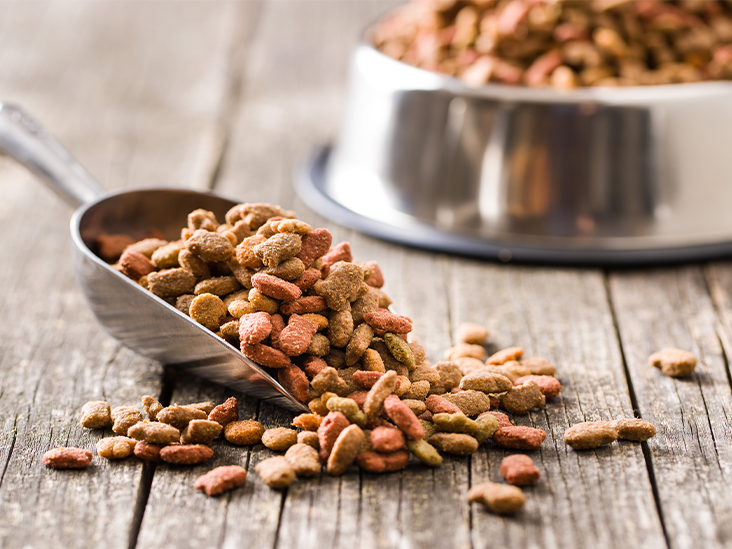
According to a 2021 study, some types of human food may be simpler for our dogs to digest than dry dog kibble. A more natural ancestral diet may or may not result in a healthier dog, but at the very least, it may cause a dog to poop significantly less—up to two-thirds less.
The idea that all human food is harmful to dogs is not only recent but also historically based more on marketing than science. While there are some foods that dogs should avoid, such as chocolates, seasonings, and fruit, many types of meat and vegetables that we eat can be served to dogs when adequately prepared.
How to feed your dog real food?
If you’re reading this, there’s a good chance that your dog is not being fed with real food. They have likely been fed a diet of processed foods and animal by-products (think chicken necks and feet). It doesn’t have to be this way, though!
With whole foods ingredients like chicken, duck eggs, lamb meal, quail eggs, and so much more available at our local grocery store, it’s easy to get started on feeding our pet real food. The key is ensuring they get enough calories so they don’t become obese or develop health issues like diabetes or heart disease later in life.
There are a lot of different ways of feeding our dogs real food. Make it homemade! The Original Crockpet Diet It is a patented pet food recipe that is proven to prevent common pet diseases and adds more healthy years to our best friend’s life, and is veterinary approved.
Here’s a sneak peek to the crockpet diet ingredients and what makes it the healthiest cat & dog food in the planet!
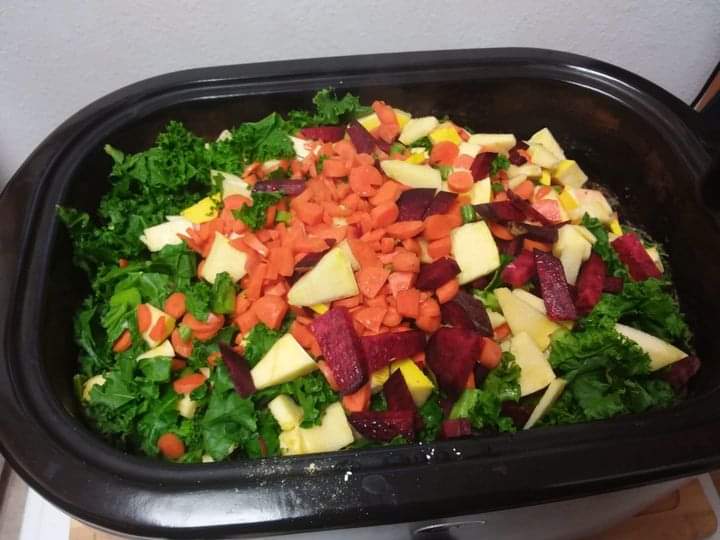
What whole food should dogs eat?
Whole foods are the best way to feed our dogs. They should be:
- High in proteins and fats, which help provide energy for their body
- High in fiber, which helps keep them regular and happy
- High in vitamins and minerals like calcium, iron, zinc, and other essential nutrients, we all want our pets to have a healthy diet. It’s also necessary to ensure that these ingredients are sourced from organic sources whenever possible because they contain no pesticides or harmful chemicals that could harm our pet’s health over time (or even immediately).
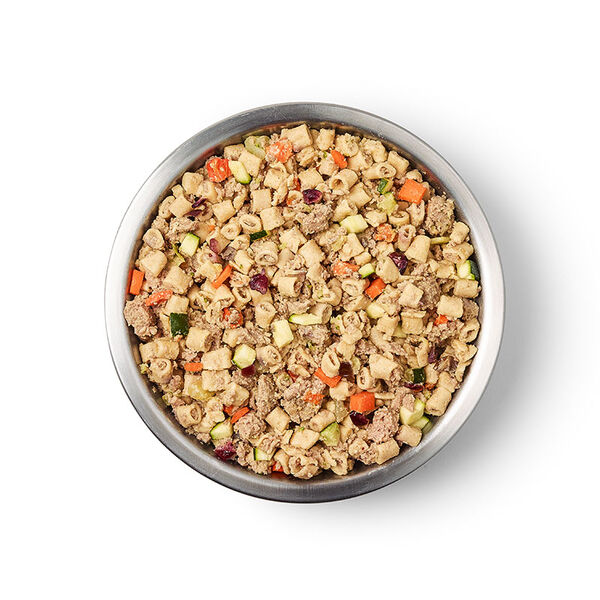
In addition to being high-quality protein sources like meats or fish (which can also be combined with fruits), whole food options include vegetables such as kale or collard greens, fruit such as apples, and dairy products like cheese dripping off their mouths!
Is whole food better for dogs?
Would you serve a condemned beef meal to your family? Or rancid splatter fat from a deep-fat fryer into the children’s lunch? How about biscuits made from empty grain hulls and swept from a factory floor? Because that’s how the dog food industry treats our pets.
Dogs are omnivores, which means they eat both plants and animals. The digestive system of dogs is different from ours, so they require a diet with higher protein and fat content to help them digest meaty foods. Whole foods are better for dogs because they contain more vitamins and minerals to benefit our pet’s health.
The unpleasant truth is that feeding your dog processed dog food, whether dried, canned or in a pouch, may expose them to substances that can cause serious, even fatal, harm. Even the high quality expensive brands create inflammation because of the way they are made, or the ingredients they contain.
The only way to fully protect your dog or cat from dangerous or mysterious ingredients is to cook them yourself. In that way, we would know what is in the food we’re letting them eat.
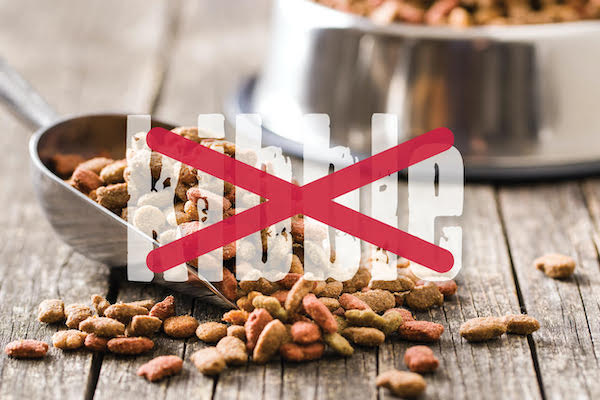
What are the healthiest dog foods to feed your dog?
Due to rising customer demand, the natural pet food market has expanded over the past few years. The customer perception that these items are of high quality and safety, created with ingredients that adhere to a person’s definition of natural and offer practical health advantages, has been the main driver of the surge in demand for these goods.
The AAFCO and FEDIAF have provided several regulatory definitions for natural pet food components and products. Still, most customers have opinions about what pet food should be based on individual experiences, biases, or preferences.
- Make sure your dog is getting the nutrients it needs.
- Avoid processed foods and artificial ingredients.
- Look for no preservatives, by-products, fillers, or cheap ingredients that could harm your pet.
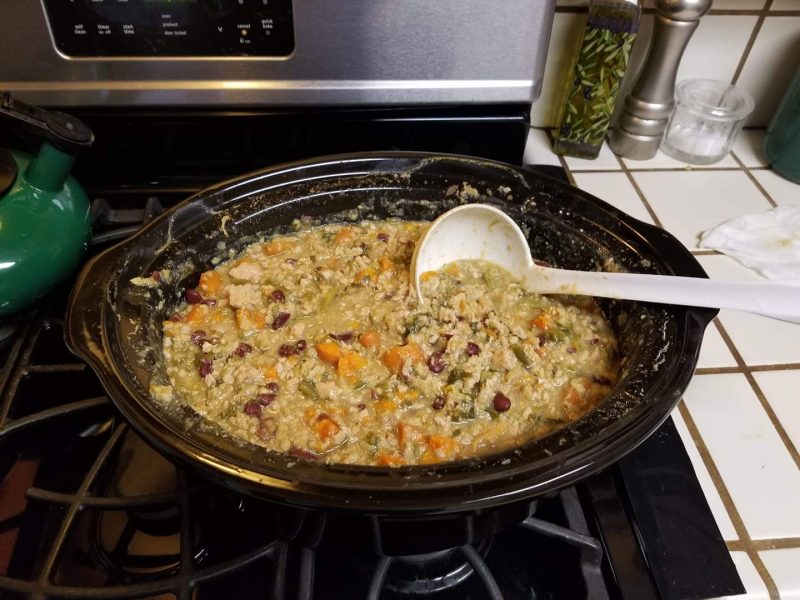
How much should I feed my dog homemade food?
It depends on the type of food we are feeding and our dog’s activity. If they are small, they may only need a few tablespoons per day. If they are large or very active, it’s best to feed them twice as much. Also, remember that if we’re feeding raw meat (which I recommend), there will be bones in their diet, so make sure that amount is manageable for the pup!
Is it cheaper to feed your dog homemade food?
The answer depends on our dog’s size and activity level. For example, if we have a giant breed of dog weighing more than 50 pounds, we will need to feed them more than 1/4 cup per day. If our dog is smaller or has less muscle mass, it will only need about 1/4 cup per day.
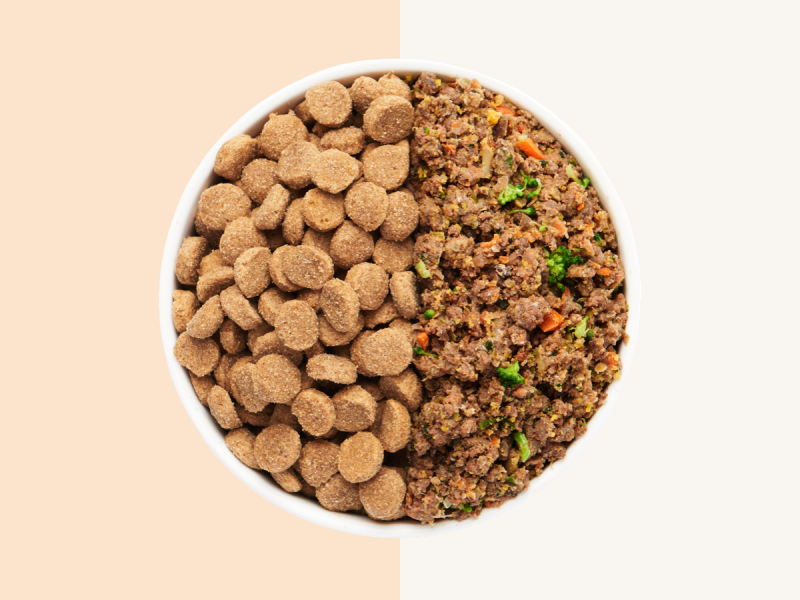
It’s also important to consider how much we feed our pet at any time. For example, suppose we’re giving them leftover pasta from dinner that was too hard for humans but easy enough for dogs (or vice versa). In that case, this could mean there aren’t enough nutrients in the food itself anymore—meaning it might not be an optimal choice for maintaining good health over time!
We know that feeding your homemade dog food is a great way to help them stay healthy and happy, but we also want you to be aware of the potential pitfalls. Our pet’s best health starts in the bowl.

